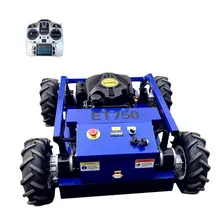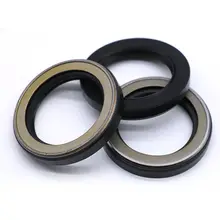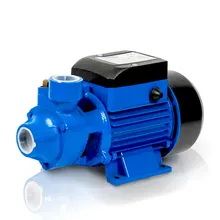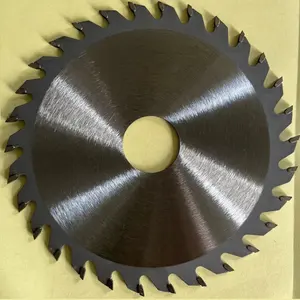Top categories

Pumps & Parts

Tool Storage

Fasteners

Welding & Soldering Supplies

Pneumatic Tools

Hardware

Valves

Abrasives

Garden Tools

Hydraulic Tools

Machining

Tool Parts

Power Tools

Power Tool Accessories

Drill Bits

Hand Tools
About products and suppliers
Understanding Saw Blades for Cutting Chicken
When it comes to processing poultry, selecting the appropriate saw blade for cutting chicken is crucial for efficiency and precision. The category encompasses a variety of blades designed specifically to navigate through chicken bones and meat with ease. This introduction will delve into the types, applications, and features of these specialized saw blades.
Types of Chicken Cutting Saw Blades
Different tasks require different types of saw blades. For instance, carbide saw blades are known for their durability and clean cuts, making them suitable for various materials beyond poultry, such as plastics and non-ferrous metals. On the other hand, tungsten carbide saw blades are the go-to for tougher materials, including various types of wood. The choice of blade largely depends on the saw model and the specific requirements of the cutting task at hand.
Applications and Features
The application of a saw blade for cutting chicken extends to the precise cutting needs within the food industry. For straight cuts, metal cutting circular saw blades are recommended due to their sharpness and ability to deliver quick, clean cuts. In contrast, for more intricate work involving curves, reciprocating saw blades offer the necessary flexibility. Furthermore, for cutting through hard and abrasive materials, diamond saw blades are unmatched. They come in various shapes to tackle stone, concrete, and even glass, providing versatility beyond poultry processing.
Material and Advantages
The materials used in saw blades for cutting chicken, such as carbide and diamond, are selected for their hardness and durability. These materials ensure a longer blade life and consistent performance, which is essential in a commercial setting. The advantages of using the correct saw blade include enhanced safety, reduced waste, and improved cutting speed, which collectively contribute to a more efficient production process.
Choosing the Right Blade
Identifying the optimal saw blade for cutting chicken hinges on understanding the nature of the cut required. For those in the market for a blade that can handle a variety of cuts, it is important to consider the blade's compatibility with different saws, such as saber saws or scroll saws. The latter is particularly adept at executing detailed work, such as watermarks and intricate shapes, with high precision.
In conclusion, the selection of a saw blade for cutting chicken should be informed by the specific needs of the task, the material to be cut, and the saw model in use. By considering these factors, one can ensure a smooth and efficient cutting process.
























 浙公网安备 33010002000092号
浙公网安备 33010002000092号 浙B2-20120091-4
浙B2-20120091-4